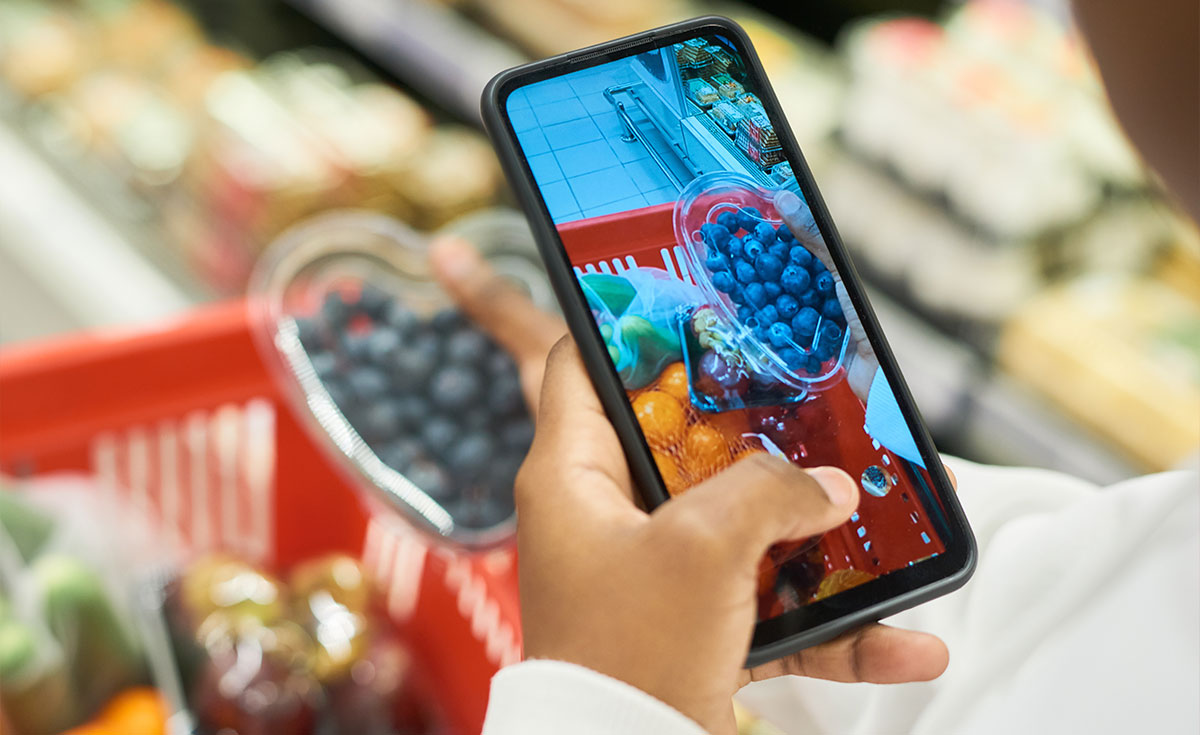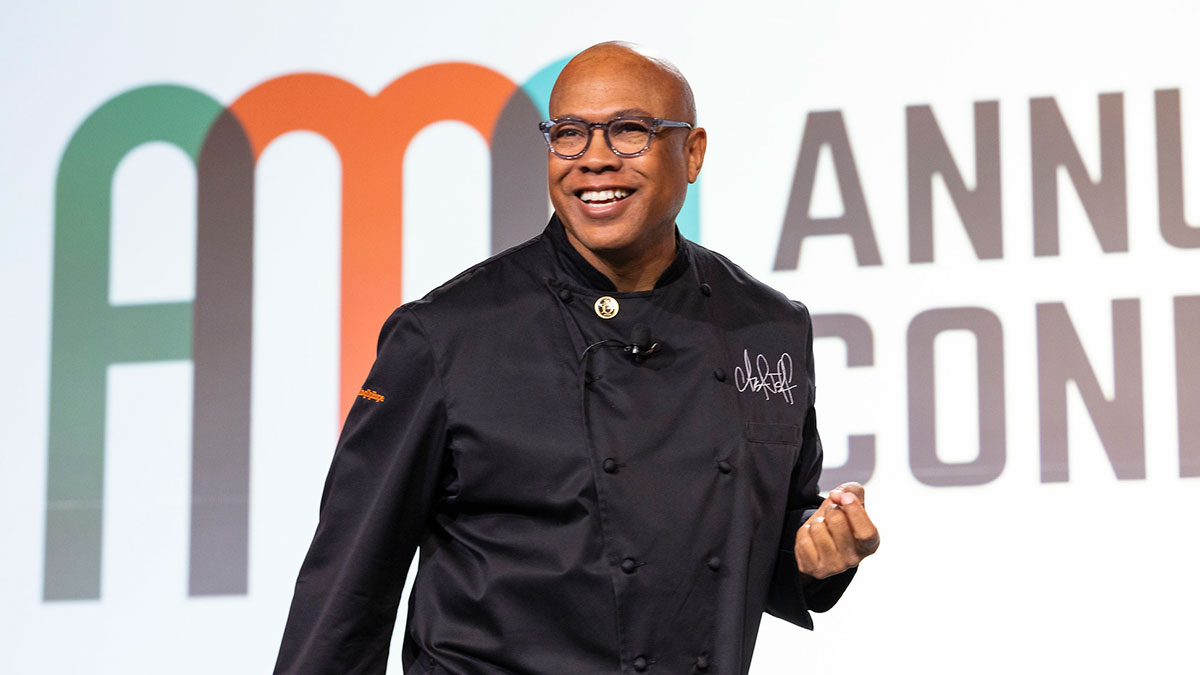By Kelli Windsor, Director, Digital Communications, Food Marketing Institute

As a digital communications professional I like to take a step back from my day-to-day job of actually doing digital communications and look at FMI’s Food Retailing Industry Speaks with a practitioner’s eye. I like to look at the tactics my fellow communications professionals are pursing in their B2C efforts and examine what is working and what is not. I’ve shared my thoughts in previous blog posts, but I’ll be honest, today I’m a bit surprised by what I’m going to write.
The Rise of Email
According to the Speaks survey respondents, email is the wave of the future for grocery store customer outreach. Ninety-two percent of respondents report using email to communicate with shoppers and when they share their plans to invest more in the future, email ranks number one with 63 percent planning to allocate more resources in the next two years. For comparison sake, 96 percent of respondents are invested in Facebook currently, but only 60 percent plan to allocate additional resources to this communication vehicle in the next two years.
So, the future of grocery store customer communications is through email? I consulted my marketing colleagues for some insight and I think the reality isn’t more emails, but better emails. The rise of marketing automation systems that have the power to provide more personalized content to recipients could be one reason more food retailers are planning future investments in email communications.
The Fall of SnapChat
While food retailers have invested in several social media platforms to communicate with customers, it’s clear SnapChat is falling to the bottom of their list. Only 20 percent of survey respondents are currently invested in SnapChat, while 66 percent are using Instagram and 60 percent are using Twitter. In looking to the future, only 22 percent of respondents plan to allocate additional resources toward SnapChat in the next two years. Investment plans for other platforms (Instagram at 58 percent and Twitter at 39 percent) are much higher. It’s clear SnapChat has not proven itself as a communications channel for food retailers.
When We Talk About Social Media, We Mean Facebook
It’s clear that when we talk about food retailer’s social media programs, Facebook dominates the discussion. Not only is it the number one customer outreach vehicle with 96 percent of respondents using it, but we can also infer its influence on food retailer’s social media programs when they evaluate the effectiveness. Seventy-nine percent of food retail respondents use social media programs as a differentiation tactic to build a competitive advantage, but only 28 percent consider this tactic successful. Take food retailer’s heavy investment in Facebook and combine it with all the turmoil that platform has faced this past year and it’s no wonder communications professional are questioning the effectiveness of this tactic at reaching shoppers. More consumers are adjusting their social media habits due to privacy and other concerns raised about Facebook and the result is a stalling of progress on social media communications.
The Missed Storytelling Opportunity
I always find it interesting to look at the customer outreach vehicles food retailers report not using as heavily and see what the story is. Podcasts are at the bottom of the list with only eight percent of respondents utilizing them. YouTube also ranks near the bottom with only 37 percent utilizing the platform. Similarly, only 11 percent of respondents plan to invest more in podcasts over the next two years and only 32 percent have investment plans for YouTube. Video and audio storytelling are big investments; however, consumers are drifting towards these platforms and they represent strong storytelling opportunities for food retail brands.
The Printed Circular Lives On
I know you were waiting to hear what’s happening with this tried and true customer outreach vehicle. Well, the printed circular remains a consistent communications platform for food retailers. Eighty-four percent of survey respondents utilize the printed circular to talk to shoppers and a surprising 10 percent plan to invest more in the circular in the next two years. Proving, once again, if it’s not broken, don’t fix it.


 Industry Topics address your specific area of expertise with resources, reports, events and more.
Industry Topics address your specific area of expertise with resources, reports, events and more.
 Our Research covers consumer behavior and retail operation benchmarks so you can make informed business decisions.
Our Research covers consumer behavior and retail operation benchmarks so you can make informed business decisions.
 Events and Education including online and in-person help you advance your food retail career.
Events and Education including online and in-person help you advance your food retail career.
 Food Safety training, resources and guidance that help you create a company food safety culture.
Food Safety training, resources and guidance that help you create a company food safety culture.
 Government Affairs work — federal and state — on the latest food industry policy, regulatory and legislative issues.
Government Affairs work — federal and state — on the latest food industry policy, regulatory and legislative issues.
 Get Involved. From industry awards to newsletters and committees, these resources help you take advantage of your membership.
Get Involved. From industry awards to newsletters and committees, these resources help you take advantage of your membership.
 Best practices, guidance documents, infographics, signage and more for the food industry on the COVID-19 pandemic.
Best practices, guidance documents, infographics, signage and more for the food industry on the COVID-19 pandemic.
